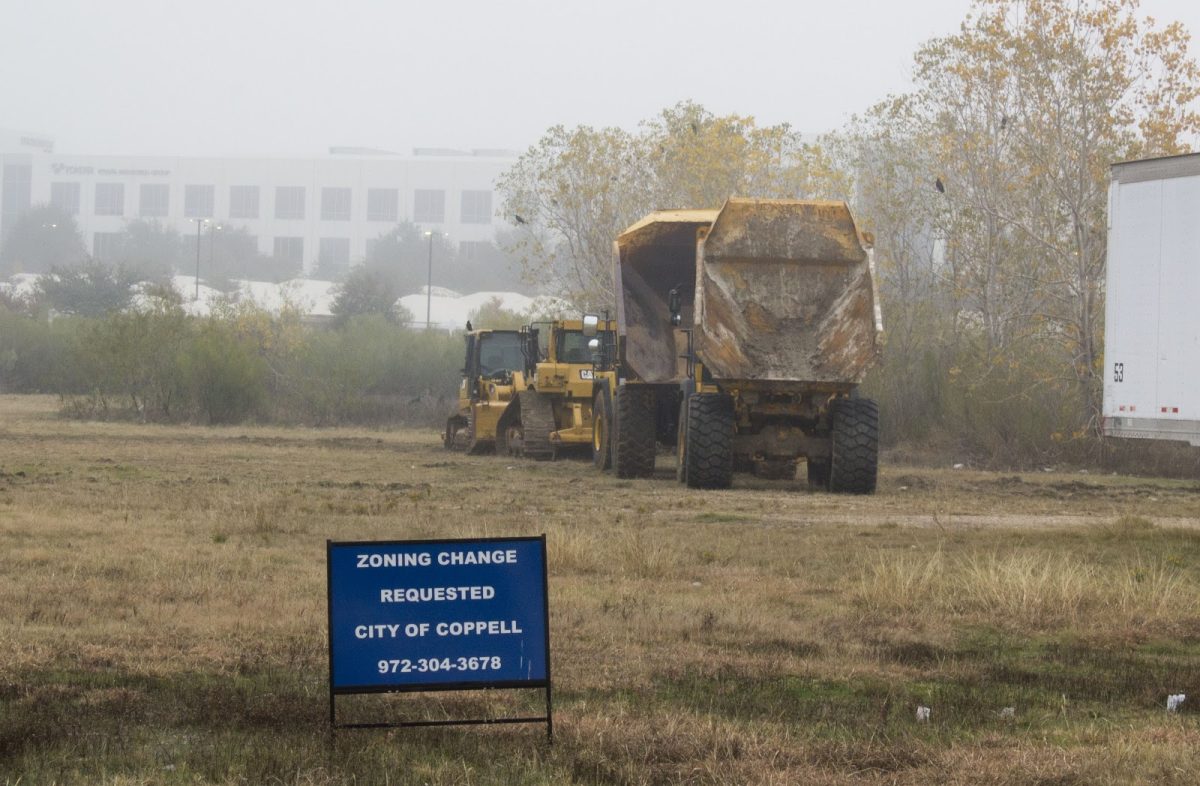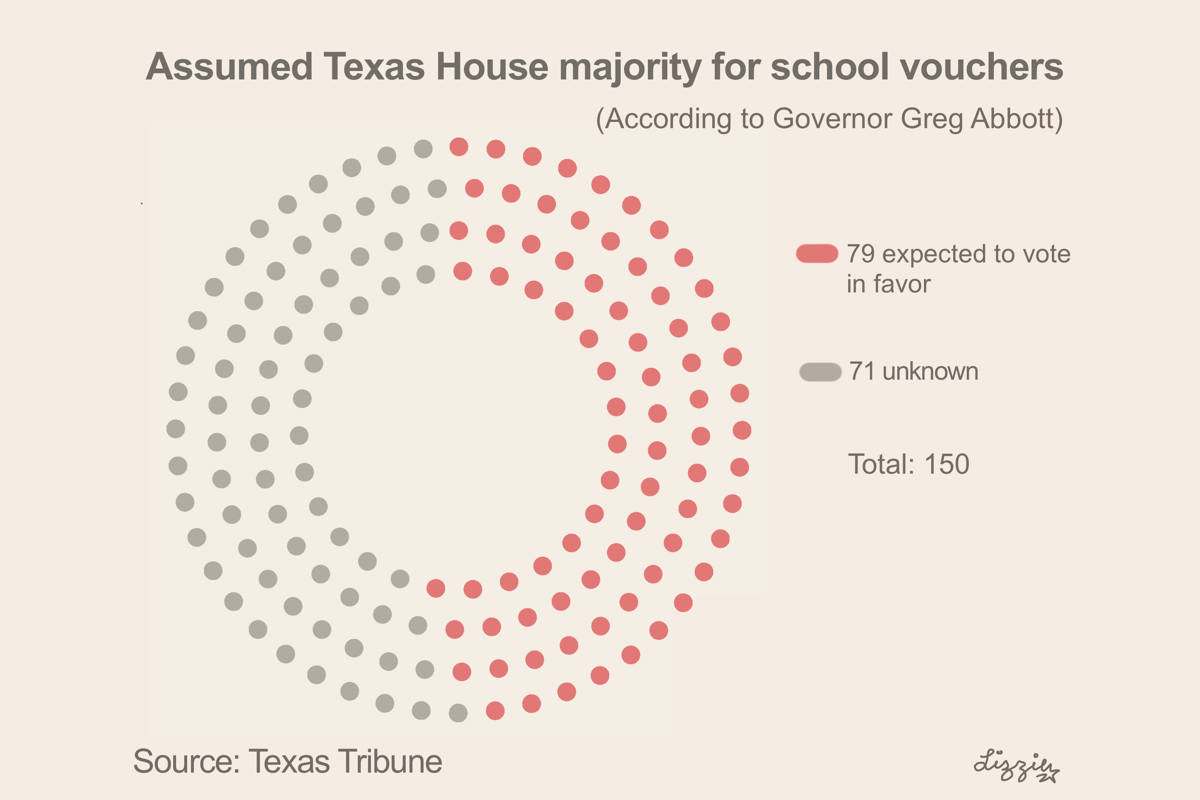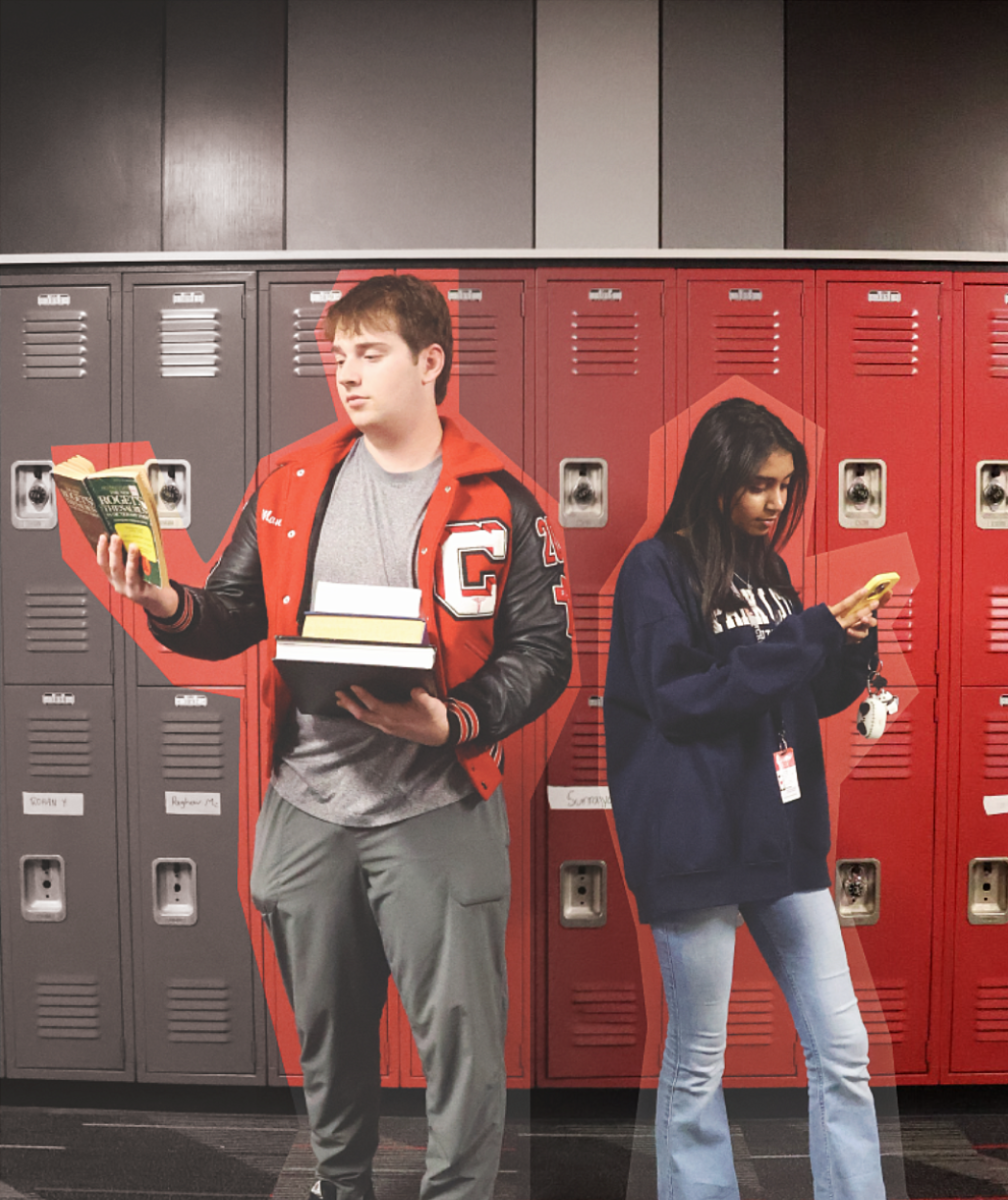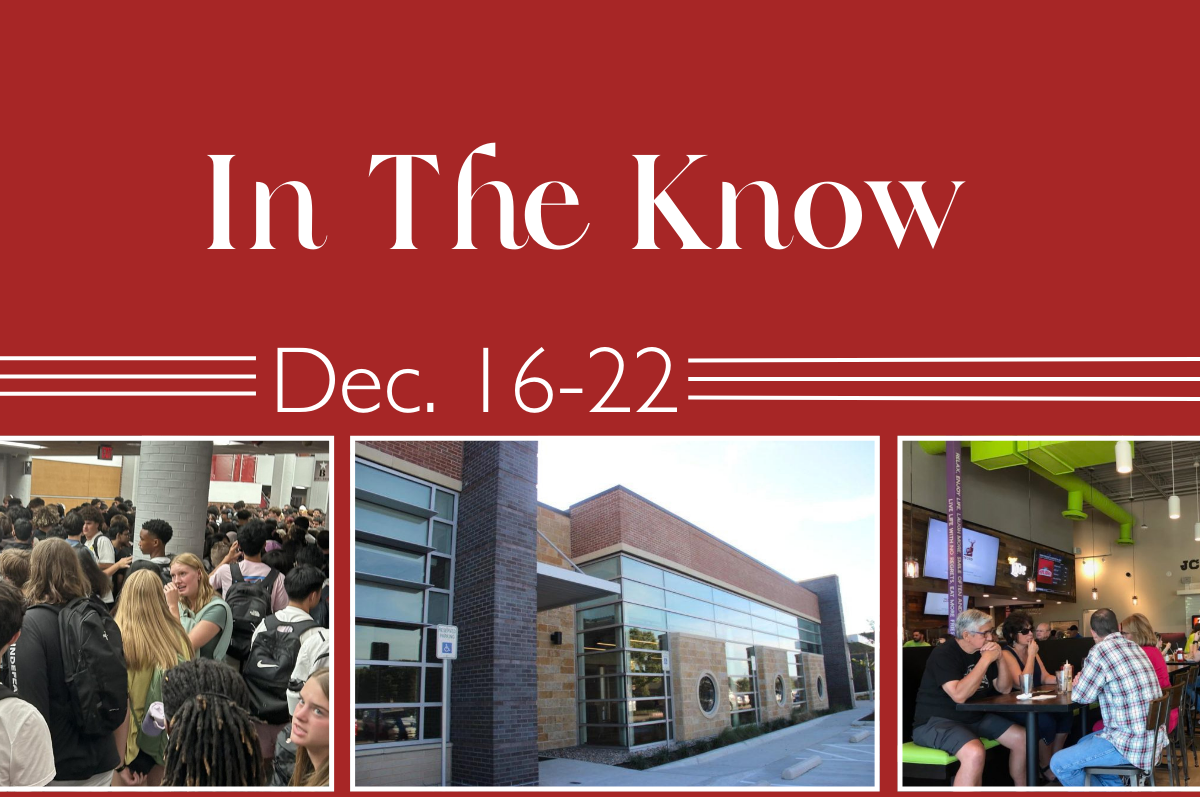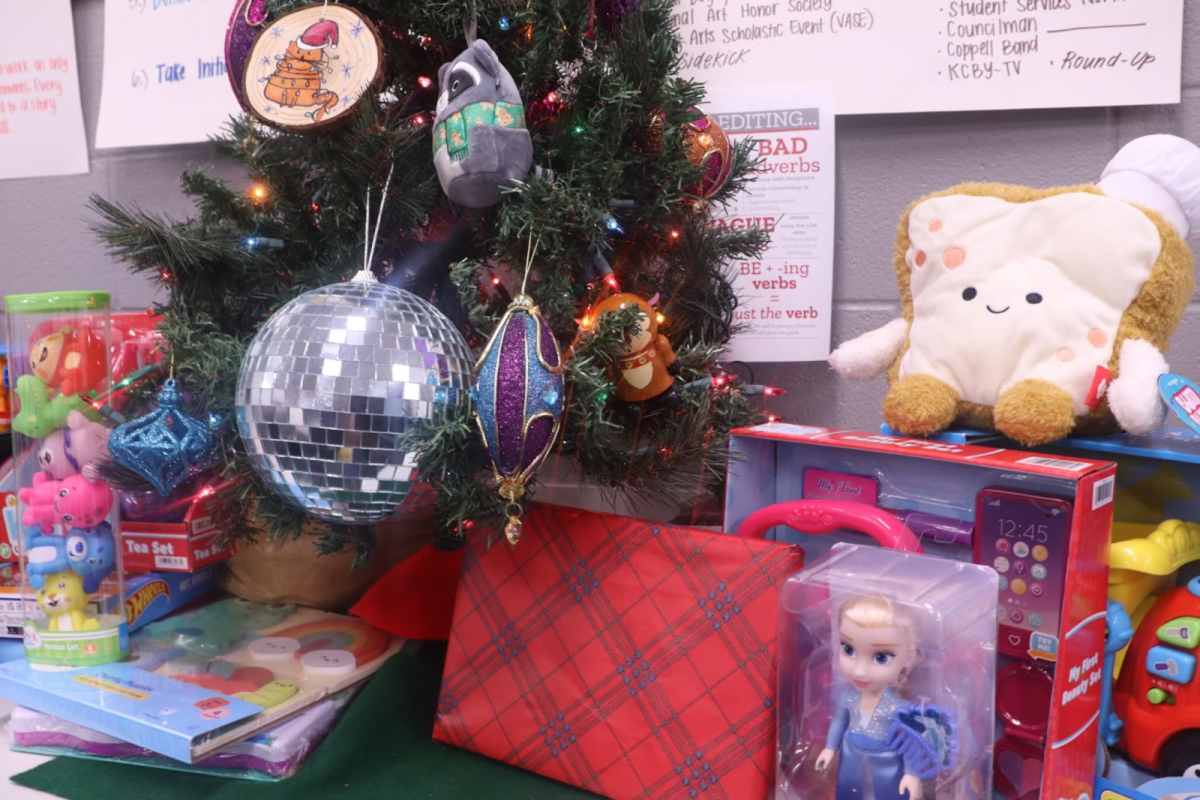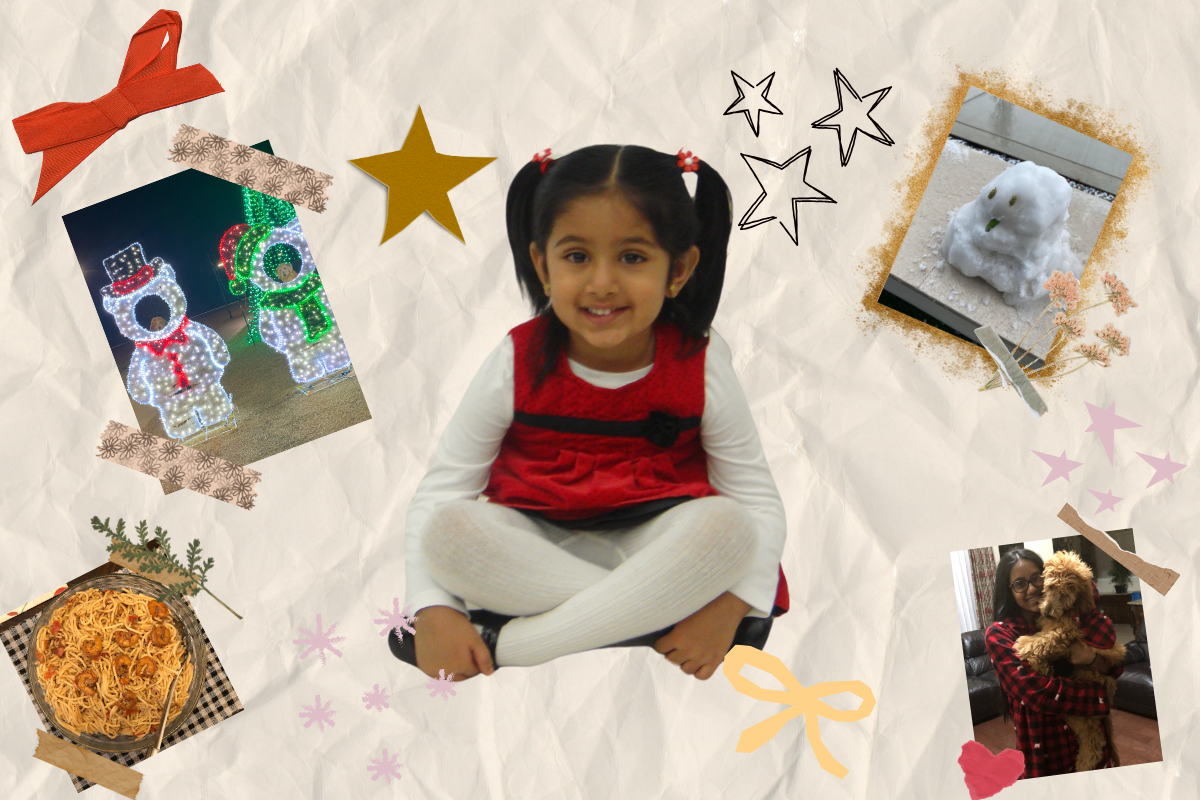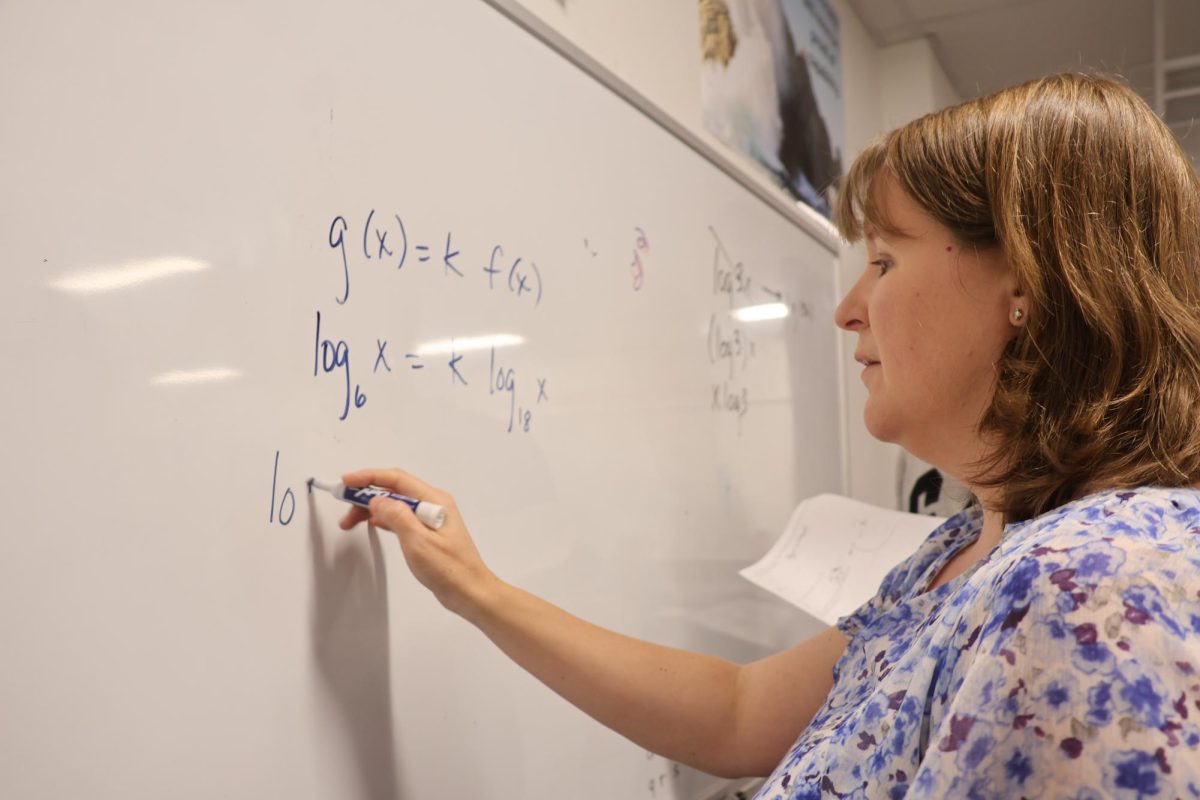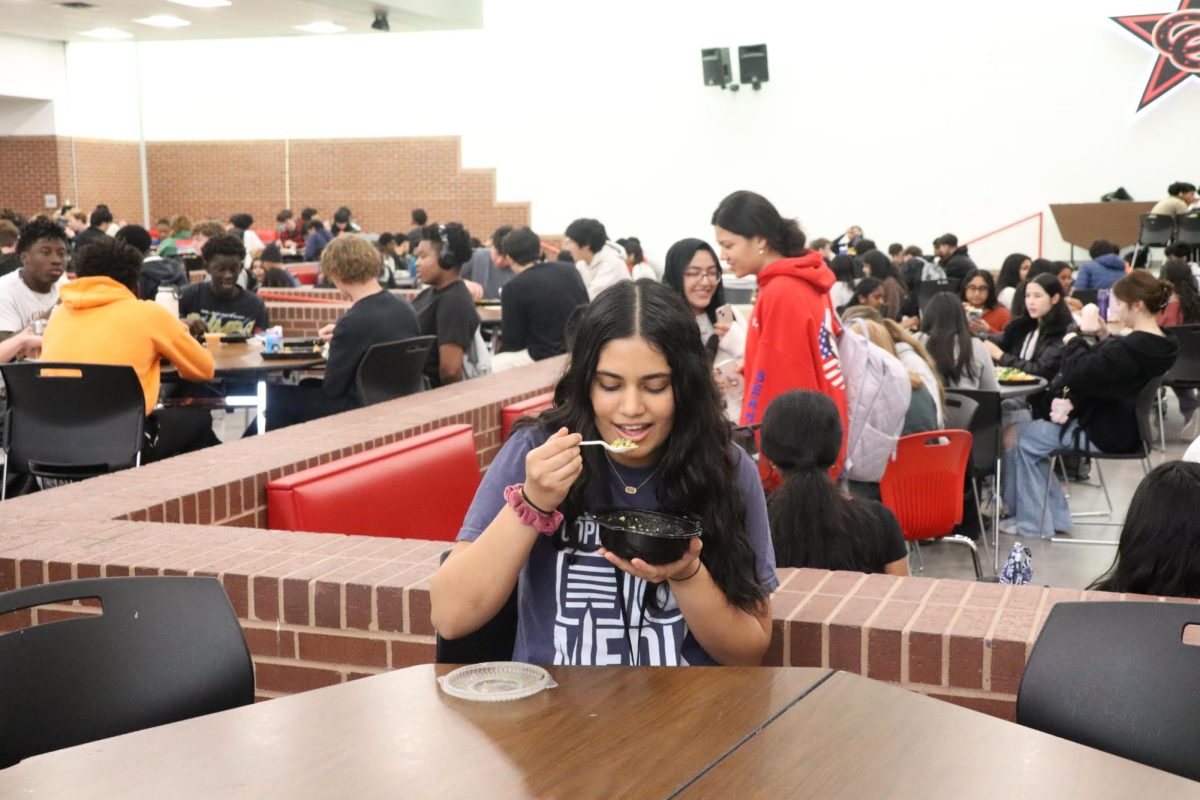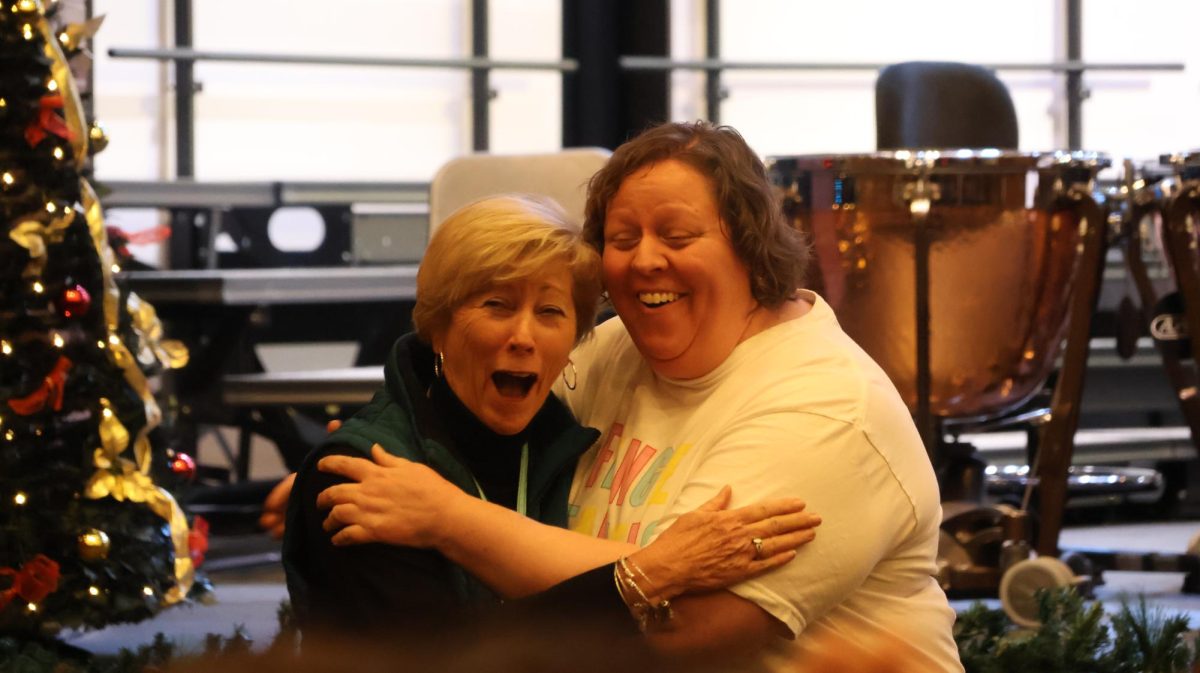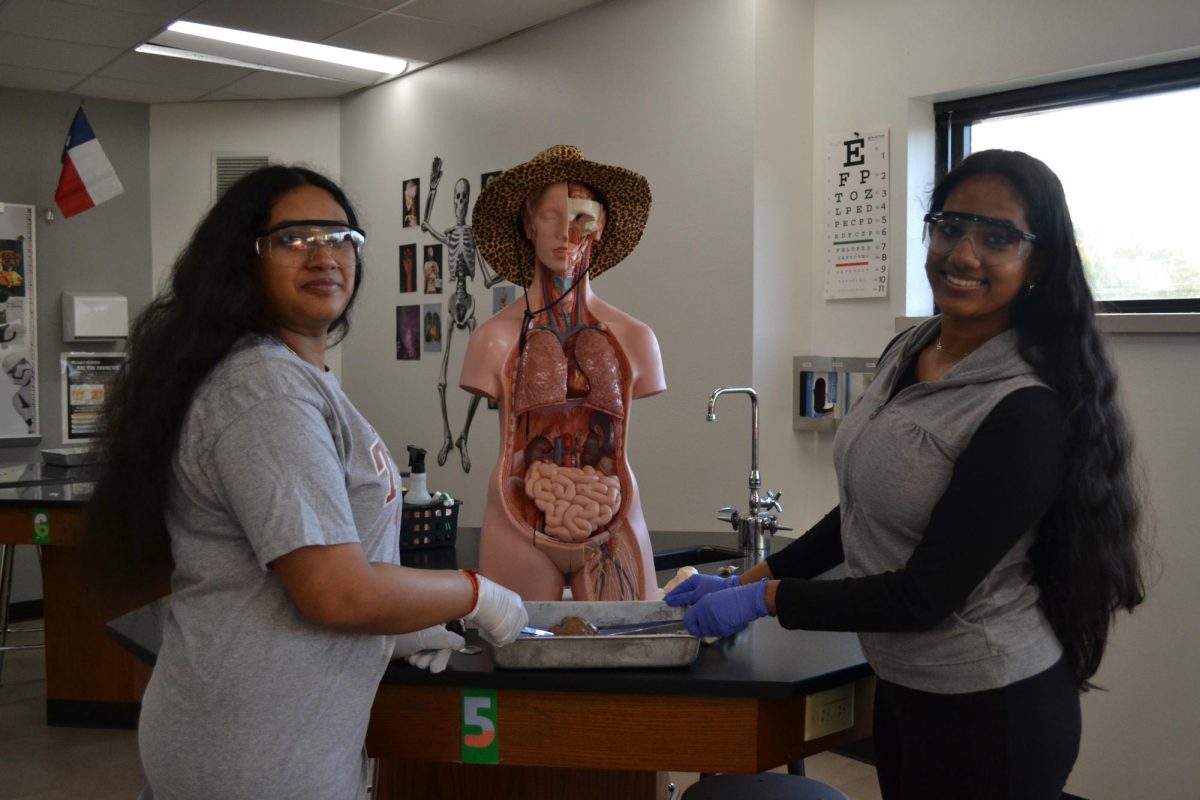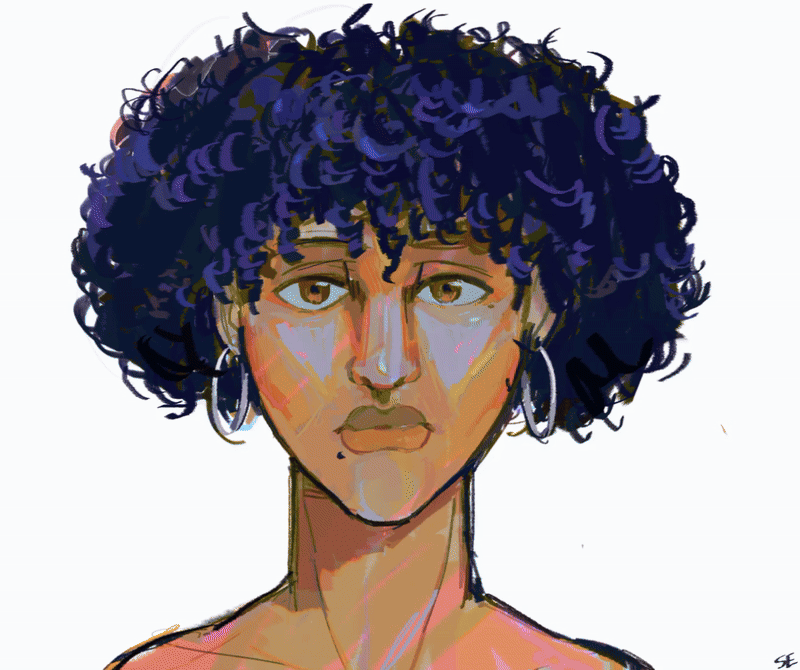By Summer Crawford
news editor
@summercrawfordd
When students walk by the Special Education room at Coppell High School, they are unaware of the complex, intricate activities taking place. The work going on in the room is far more than what meets the eye.
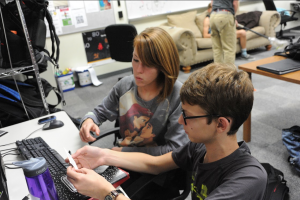
Five years ago students from the CHS Science, Technology, Engineering and Math (STEM) Academy were looking for a capstone project and spoke with the Special Education department. The 2010 senior engineering class was asked to come up with a way to help the CHS special education students with the “clutter and chaos” in the room. STEM decided to help organize the Special Education room and install an activity wall for them to use.
STEM students realized that while the special needs students have extreme and incurable impairments, it can be managed through their activity wall in teacher Eileen Higgins’ room. The activity wall is designed to help with the organization of the room and created a new way for students to work.
“As the [Special Education] teachers, they have to collect a lot of information about how the students are using the devices in the room and the progress they are making. But with these students, the reaction times might be as long as 10 minutes and they have to sit there and wait. Any distraction will stop them from it,” STEM Academy lead Mike Yakubovsky said. “What we are trying to do is come up with a system that will help [Higgins] with that monitoring to find out how well they are progressing, so that they can progress faster and we can make a bigger difference in their life.
“They are looking at all kinds of activities, from things like working with iPads, swiping things, pushing buttons, turning knobs. They are learning how to do things that our kids typically do when they are 1 and 2-years-old and these students who are 18 or 19 are learning to do that now. Those are the types of motor skills that we are helping them learn and develop so that they can be more active and be more engaged with the world around them.”
In response to wanting to update the wall, Yakubovsky assembled a team of junior and senior STEM students in April to begin working on an invention called Gateways, which will provide personalized learning for CHS special education students. This team is called the 2014-15 CHS Disruptive Innovation Team, consisting of seniors Braddock Bresnahan, Erin Payne, Mark Sowders, Phillip Sowders, STEM president Olivia West and juniors Zane Erickson, Ruth Fernandes, Elbio Guedilla, Nino Teruya and Ran Trakhtengerts. Erickson is team leader, Fernandes is historian, Guedilla is treasurer and Payne is secretary.
The team applied, along with 300 other applicants, for a grant to further their project. On Oct. 15, Lemelson-MIT publicized that CHS was one of 15 winners of the $10,000 InvenTeam grant. This program celebrates inventors, and according to the Lemelson-MIT program, the “InvenTeam grant is for high school students and mentors to invent solutions to real world problems.”
“My initial reaction when I was chosen to be the team leader was I was really excited,” Erickson said. “Knowing that I was going to be there to get this project off the ground and make it a real thing. I was just so happy to be one of the people who was going to make this happen for our team.”
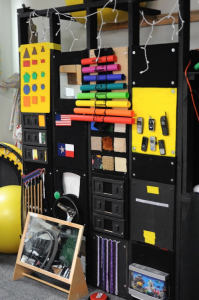
Many of the team members are passionate about helping these students because they see the value in helping them improve their lives.
“I am passionate about this project because a couple of summers ago I worked with Special Olympics to train special needs kids to help them swim,” Fernandes said. “They do learn very quickly, I can see how they are growing. It is a great project because they are not at the level that we are currently at, so this will help them get to the level.”
Yakubovsky is also thrilled to be continuing the invention with the help of the grant. The grant will prove to be highly beneficial, as it will cover a large portion of expenses.
“This grant is going to go a long way to help the project. First off, $10,000 is going to help us get a lot of the materials we need to make this happen. There is going to be a lot of work that goes into it, so even providing things like meals will help,” Yakubovsky said. “The grant helps give the team exposure and get more resources and more support to go into areas that they are not as familiar with, and get help from professionals in those areas just like they would in the real world.”
Not only is this project going tobenefit special needs students, but it will also provide leadership and real world engineering experience needed for college.
“This has prepared me for college because this project has given me a lot of experience in different types of engineering because there are so many different aspects,” West said. “There’s the programming, the mechanical, the electrical and then you actually have a literal client. It is a great feeling knowing that we are doing some really awesome things in the community around us and seeing it, it not just in the Coppell community, but it is going to be the entire world seeing [the new invention].”
Using the grant as inspiration and fuel for their invention, Disruptive Innovation will continue working on the project until June when they present a prototype at EurekaFest at MIT. EurekaFest is a “multi-day celebration designed to empower a legacy of inventors through activities that inspire youth, honor role models, and encourage creativity and problem solving.They will continue creating something that has never before been attempted.”
“They are inventing something that does not exist right now. So that problem solving mindset is huge because they are going to come up with all kinds of problems that nobody has solved yet,” Yakubovsky said. “ It is going to push them because there is not a textbook to go to; [they] can’t look to the back and look at the answers to see if [they] are doing it right. They are defining the book themselves.”
Disruptive Innovation is well on its way to completing the new invention and becoming leaders in not only the community, but also in the engineering world.
“It is showing them what it is like because they are going to do things that most college students will never do. College kids don’t normally invent things, they work on normal class projects, and we have pushed [Disruptive Innovation] into something totally new,” Yakubovsky said. “We are helping someone that we live with and [who] is one of our neighbors. I wouldn’t be able to do this if it wasn’t this group of students. [Receiving the InvenTeam grant] says a lot about Coppell High School as well, that this is typical of our students here.”



